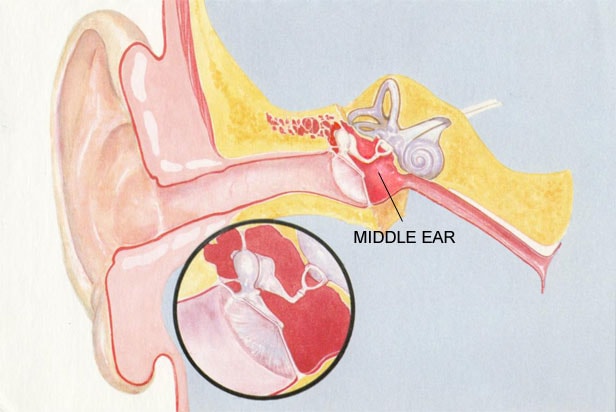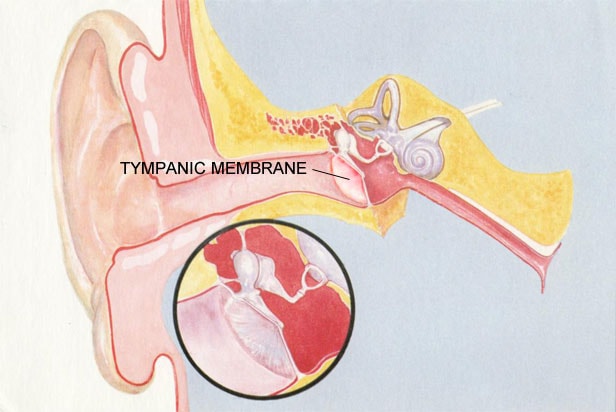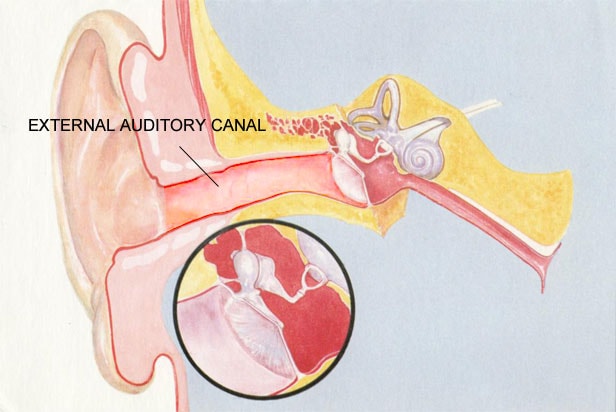Ear Injury
Ear Injury
Ear injuries are mainly due to a blow to the ear or head, or sudden extreme pressure changes. A blow to the auricle may cause a painful collection of blood under the skin (haematoma). Sudden pressure changes in the ear canal from a blow over the ear or poor syringing technique may rupture the ear drum and disrupt the ossicles. Landing in an aeroplane with Eustachian tube dysfunction and a middle ear effusion may cause severe pain and damage the ear drum. Blowing the nose hard or straining may raise the inner ear pressure and lead to the rupture of delicate membranes causing a perilymph fistula. A head injury with or without a skull fracture may also damage the middle and inner ear structures.




Diagnostics
Pure Tone Audiometry
Why?
This is a basic subjective hearing test to determine your ability to hear various sounds at different tone frequencies.
How?
You will be required to sit in a soundproof booth with headphones and press a button every time you hear a bleep sound, even if it is very faint. You should ignore any rushing sounds used to mask the opposite ear and only react to the bleeps. This test may take up to 20 minutes depending on the results.
Tympanometry
Why?
This is an objective test of your middle ear function and is useful for determining whether:
- there is any fluid or congestion in your middle ear
- there is a perforation (hole) in your ear drum
- the ear drum is flaccid and weak
- there is loss of continuity of the ossicles (middle ear bones) by disease or trauma
- a grommet is blocked
- changing pressure in the ear canal causes dizziness indicating a fistula (defect) in the bone surrounding the labyrinth (balance organ)
How?
You are not required to do anything for this test other than sit very still. The audiologist will hold a soft rubber probe at the entrance of your ear canal and you may feel a slight change of pressure in your ear.
Stapedial Reflexes
Why?
This objective test is to make sure that the stapedius muscle in your middle ear is functioning correctly and providing a protective mechanism by stablising the hearing bones of the middle ear by contracting to loud sounds.
How?
You are not required to do anything for this test other than sit very still. The audiologist will hold a soft rubber probe at the entrance of your ear canal. You will hear a series of very loud bleeps but you are not required to respond to them.
Book Appointment







